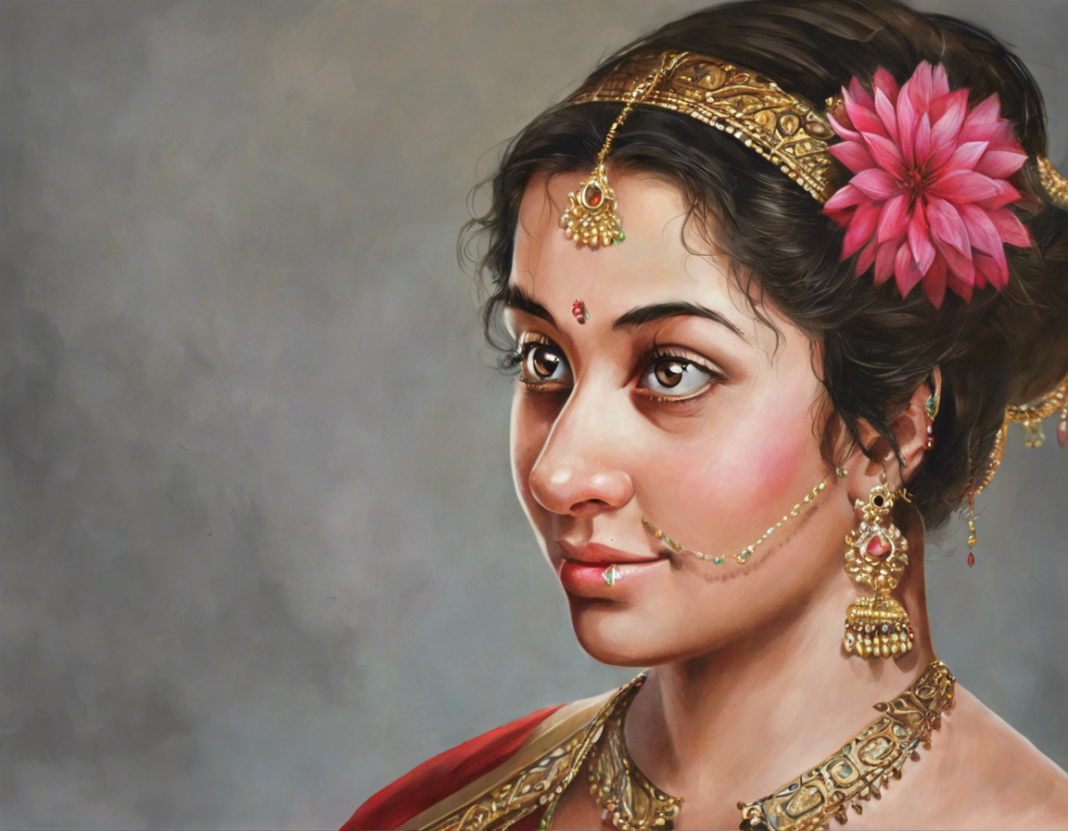Introduction
Studying literature, particularly classic works, allows us to delve into the minds of different authors and understand the social, cultural, and historical contexts in which they wrote. For students in Class 11, one such literary piece that often serves as a cornerstone is “A Portrait of a Lady” by Khushwant Singh. This novella, published in 1949, is a unique blend of satire, humor, and social commentary, making it a compelling read for students of all ages. In this blog post, we will explore the themes, characters, and narrative style of “A Portrait of a Lady” to help students better appreciate and understand this timeless work of literature.
Themes in “A Portrait of a Lady”
One of the central themes of “A Portrait of a Lady” revolves around the clash between tradition and modernity. The novella follows the life of a young girl named Mohini, who is torn between her traditional Indian upbringing and the allure of Western culture. Through Mohini’s character, Khushwant Singh critiques the rigid social norms and gender roles prevalent in Indian society at the time, while also highlighting the liberating influence of modernity.
Another key theme in the novella is the exploration of gender dynamics and the status of women in society. Mohini’s struggle to assert her independence and carve out her own identity in a male-dominated world reflects the broader societal challenges faced by women in India. Khushwant Singh skillfully portrays the complexities of gender relations through Mohini’s interactions with her family, friends, and suitors, offering a nuanced perspective on the power dynamics at play.
Characters in “A Portrait of a Lady”
The character of Mohini serves as the focal point of “A Portrait of a Lady”. As a young, spirited woman with a thirst for independence, Mohini embodies the tension between tradition and modernity in Indian society. Through her eyes, readers are exposed to the hypocrisies, injustices, and absurdities of the world around her, making her a relatable and empathetic protagonist.
Other notable characters in the novella include Mohini’s parents, Mr. and Mrs. Chawla, who represent the older generation’s adherence to traditional values and social norms. Their interactions with Mohini highlight the generation gap and the clash of ideologies that define their relationship. Additionally, characters like Rekha and Kamal serve as foils to Mohini, offering different perspectives on womanhood, marriage, and societal expectations.
Narrative Style and Literary Techniques
Khushwant Singh employs a satirical tone and dark humor throughout “A Portrait of a Lady” to critique the society in which his characters exist. His sharp wit and keen observations bring to light the contradictions and absurdities inherent in Indian social norms, making the novella both entertaining and thought-provoking.
The use of irony is another prominent literary technique in “A Portrait of a Lady”. Khushwant Singh often sets up situations or dialogues that seem straightforward on the surface but reveal deeper layers of meaning upon closer inspection. This irony serves to underscore the complexities of human behavior and societal expectations, adding depth and richness to the narrative.
Frequently Asked Questions (FAQs)
Q: What is the significance of the title “A Portrait of a Lady”?
A: The title “A Portrait of a Lady” alludes to the idea of capturing a snapshot of a woman’s life and experiences. Through the character of Mohini, Khushwant Singh paints a vivid portrait of female identity and agency in a patriarchal society.
Q: How does “A Portrait of a Lady” reflect the social issues of its time?
A: “A Portrait of a Lady” offers a scathing critique of the social norms, gender roles, and hypocrisies prevalent in Indian society in the mid-20th century. The novella explores themes of tradition, modernity, gender relations, and individual freedom in a nuanced and thought-provoking manner.
Q: Is “A Portrait of a Lady” still relevant today?
A: Despite being set in a specific historical context, “A Portrait of a Lady” continues to resonate with readers today due to its timeless themes of tradition, modernity, gender dynamics, and personal agency. The novella’s exploration of these universal themes ensures its enduring relevance in contemporary times.
Q: How does Khushwant Singh’s writing style contribute to the impact of “A Portrait of a Lady”?
A: Khushwant Singh’s satirical tone, dark humor, and use of irony infuse “A Portrait of a Lady” with depth, wit, and social commentary. His sharp observations and keen insights into human behavior elevate the novella beyond a simple narrative, making it a powerful work of literature.
Q: What lessons can students learn from reading “A Portrait of a Lady”?
A: “A Portrait of a Lady” can teach students valuable lessons about individuality, independence, societal expectations, and the importance of staying true to oneself. By examining Mohini’s journey and choices, students can gain a deeper understanding of the complexities of identity and agency in a changing world.
In conclusion, “A Portrait of a Lady” by Khushwant Singh is a rich and rewarding literary work that offers profound insights into the human condition and society’s complexities. By exploring its themes, characters, and narrative style, students can gain a deeper appreciation for the novella’s artistic merits and cultural significance. Through the lens of Mohini’s experiences, readers are invited to reflect on timeless themes of tradition, modernity, gender dynamics, and individual agency, making “A Portrait of a Lady” a thought-provoking and enduring piece of literature.












